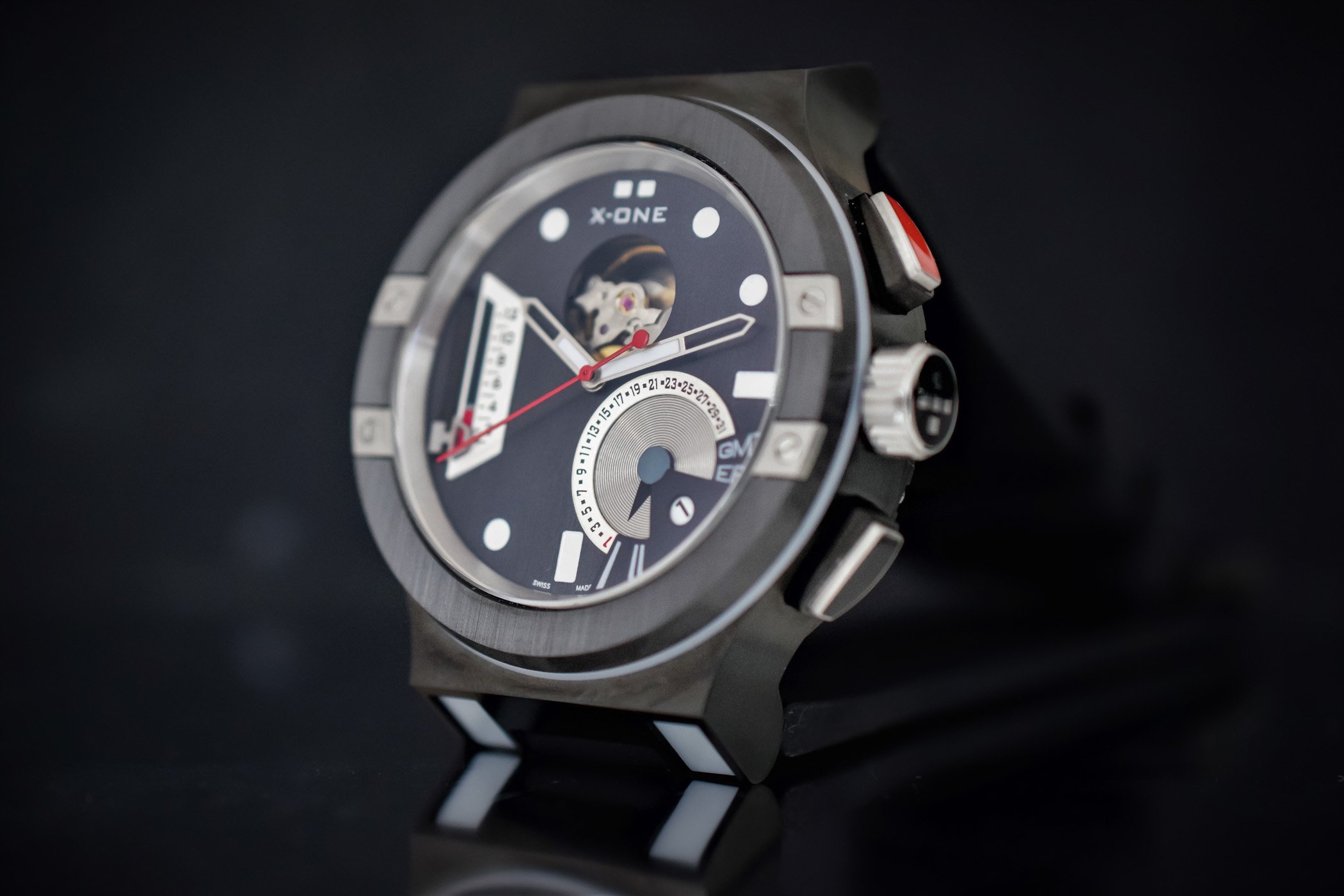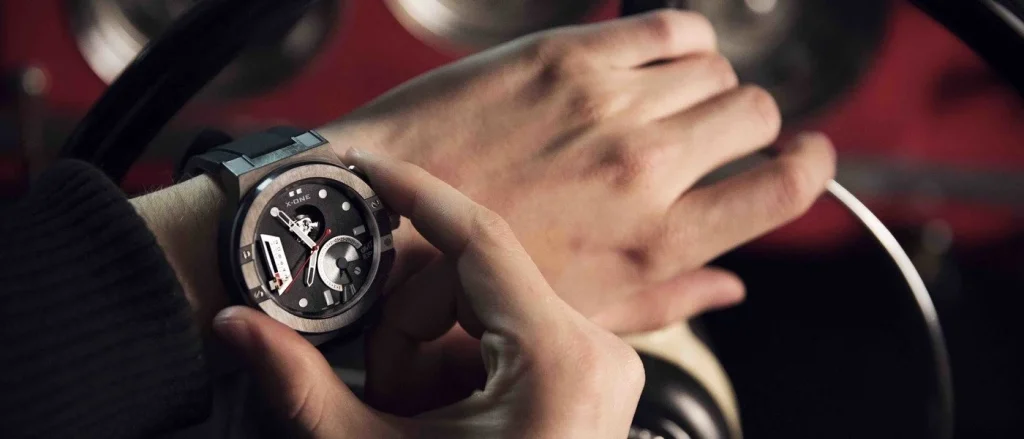Blog
“How to Transition From a Smartwatch to a Mechanical Timepiece”
The rise of smartwatches has changed the way we view timepieces. With features like fitness tracking, notifications, and even heart rate monitoring, they have become integral to modern life. However, as many people become more attuned to the beauty and craftsmanship of traditional mechanical watches, there’s a growing desire to make the transition from a smartwatch to a more timeless, mechanical timepiece.
Switching from a smartwatch to a mechanical watch may seem like a big adjustment, but it’s a move that can be rewarding for those who appreciate the artistry, history, and craftsmanship behind traditional timekeeping. In this guide, we’ll explore how to make this transition smoothly and why it might be the right move for you.
Why Make the Switch?
Before diving into the practical aspects of the transition, it’s essential to understand why you might want to make the switch in the first place. Here are some compelling reasons:
1. Aesthetic Appeal and Craftsmanship
Mechanical watches are often seen as pieces of art. From the intricate movement inside to the attention to detail on the dial and case, each watch has its own unique story to tell. For those who appreciate fine craftsmanship and timeless designs, a mechanical timepiece offers an unmatched aesthetic experience.

2. Battery Life and Sustainability
Unlike smartwatches, mechanical watches are powered by movement, meaning they don’t require charging. For people tired of the constant need to recharge their smartwatch, this can be a refreshing change.
3. Connection to Tradition
Mechanical watches represent a deep connection to the history and tradition of horology. Wearing one can feel like a nod to a long-standing art form, preserving the legacy of Swiss and German watchmaking, among others.
4. Fewer Distractions
Smartwatches can be overwhelming with constant notifications, messages, and alerts. A mechanical timepiece, on the other hand, offers a more focused and calming experience—just the time, no distractions.
How to Make the Transition
Making the switch from a smartwatch to a mechanical watch is not just about changing the device on your wrist; it’s a shift in how you view time. Here are some steps to help you transition smoothly:
1. Understand the Different Types of Mechanical Watches
Mechanical watches come in a variety of styles, movements, and features. To make an informed decision, it’s important to familiarize yourself with the two main types of mechanical movements:
- Automatic (Self-Winding): These watches wind themselves as you wear them, thanks to the movement of your wrist. They’re the perfect option for someone who wants a low-maintenance mechanical watch.
- Manual (Hand-Wound): These watches require winding by hand every day. While they offer a more traditional experience, they may require a bit more attention to keep running.
Additionally, consider the style of watch that suits your lifestyle—whether it’s a dress watch, dive watch, or something more casual.
2. Choose a Watch That Fits Your Lifestyle
When transitioning to a mechanical watch, it’s important to pick one that fits your everyday activities. Consider the following factors:
- Water Resistance: If you’ve been using a smartwatch for fitness tracking, you might want a mechanical watch that can handle water exposure, such as a diver’s watch or one with a high level of water resistance.
- Durability: If you work in a hands-on environment, choose a more rugged watch that can withstand shocks and wear. Brands like Seiko and Hamilton offer durable, everyday timepieces.
- Size and Comfort: Mechanical watches can vary in size, so make sure to choose one that fits comfortably on your wrist. If you’re used to a smartwatch, you may prefer a larger, more modern design, but be mindful of weight and comfort over extended wear.
3. Embrace the Ritual of Winding
One of the main differences between a smartwatch and a mechanical timepiece is that a mechanical watch requires manual winding (unless it’s automatic). This can be seen as a ritual or meditative practice, allowing you to slow down and appreciate the craftsmanship behind the watch. For automatic watches, remember that they may stop running after 24-48 hours of inactivity, so it’s important to wind them regularly if you aren’t wearing them every day.
4. Learn to Appreciate the Simplicity of a Mechanical Watch
One of the biggest adjustments when transitioning from a smartwatch to a mechanical timepiece is the simplicity. While a smartwatch provides constant updates on your calendar, notifications, and health data, a mechanical watch serves one primary function—telling the time. This simplicity can be refreshing, but it may take time to adjust to. Instead of being distracted by constant notifications, you’ll be encouraged to be present, focused, and enjoy the art of horology.
5. Care for Your New Timepiece
Unlike smartwatches, mechanical watches require a bit more care. Regular cleaning, proper storage, and routine servicing (every 3-5 years) are necessary to keep the watch functioning optimally. Make sure to keep your watch away from magnets, as they can disrupt the movement, and always store it in a safe place to prevent scratches.

6. Understand the Price Difference
Smartwatches are often relatively affordable compared to high-quality mechanical watches. When transitioning, it’s important to understand the price difference. Mechanical watches can range from a few hundred dollars to thousands, depending on the brand and complexity. While this may be a larger initial investment, remember that mechanical watches often last for decades and can be passed down as heirlooms, making them a worthwhile long-term purchase.
The Benefits of Wearing a Mechanical Watch
As you adjust to wearing a mechanical watch, you’ll quickly realize the unique experience it offers:
- Timeless Design: Mechanical watches often have classic, elegant designs that never go out of style.
- Craftsmanship: Many mechanical watches feature in-house movements and exceptional craftsmanship, adding an element of appreciation every time you glance at your wrist.
- Personal Connection: With each wind or glance at the timepiece, you’ll develop a deeper connection to the watch itself, appreciating its intricate movements and the craftsmanship behind it.
Conclusion
Transitioning from a smartwatch to a mechanical timepiece can be a rewarding and enriching experience. While the shift may seem daunting at first, it offers a chance to embrace the art and tradition of horology. With their timeless appeal, craftsmanship, and the simplicity of purpose, mechanical watches serve as a reminder to slow down, appreciate the moment, and enjoy the beauty of well-made design. Whether you’re looking for a timepiece that fits your style or a companion for daily wear, making the switch to a mechanical watch is an investment in both function and personal enjoyment.

